Description
Clover hay for sale: Learn about its benefits, nutritional value, and how it compares to other hay types. Is clover hay right for your livestock? Yes it is .
Clover hay for sale
Clover Hay: A Nutritious and Versatile Forage Option
For centuries, farmers have relied on hay as a crucial feed source for livestock, especially during the colder months. While grass hay is a common choice, clover hay offers a unique and beneficial alternative, packed with nutrients and offering advantages for both animal health and soil fertility.
What is Clover Hay?
Clover hay is created by drying and preserving clover, a legume known for its trifoliate leaves and vibrant, often fragrant flowers. There are several varieties of clover used for hay production, with red clover and white clover being among the most popular. The drying process preserves the clover’s nutritional value, making it a valuable feedstuff for a range of animals.
Nutritional Powerhouse:
Compared to grass hay, clover hay boasts a higher protein content, making it an excellent choice for animals needing a boost in their diet, such as growing livestock, lactating animals, and working horses. It also provides:
- High Digestibility: Clover hay is generally easier to digest than many grass hays, allowing animals to absorb more nutrients.
- Rich in Minerals: Clover is a good source of essential minerals like calcium, phosphorus, and potassium, vital for bone health, muscle function, and overall well-being.
- Vitamins: Clover contains vitamins A, D, and E, contributing to healthy vision, bone development, and immune function.
Benefits for Livestock:
Including clover hay in an animal’s diet can lead to several positive outcomes:
- Improved Growth and Performance: The higher protein content supports faster growth rates and enhanced performance in livestock.
- Enhanced Milk Production: Dairy animals fed clover hay often experience increased milk yields and improved milk quality.
- Better Overall Health: The comprehensive nutrient profile contributes to stronger immune systems and overall better health, potentially reducing the need for supplemental feeding.
Considerations and Potential Challenges:
While clover hay offers numerous advantages, it’s important to be aware of potential challenges:
- Bloat Risk: Clover can cause bloat in ruminants like cattle and sheep, especially when consumed fresh. Proper drying and curing of the hay can significantly reduce this risk.
- Mold Growth: Clover hay is more susceptible to mold growth than some grass hays, so careful attention to drying and storage is crucial to prevent spoilage.
- Slaframine Mycotoxins: Certain molds on clover can produce slaframine, a mycotoxin that can cause excessive salivation in horses. Regular inspection of hay is essential to detect and avoid contaminated bales.
- Coumarin Content: Some clover varieties contain coumarin, which can convert to dicoumarol, an anticoagulant, in moldy hay. This can cause bleeding disorders in animals. Again, proper drying and storage are paramount.
Tips for Safe and Effective Use of Clover Hay:
- Source from Reputable Producers: Ensure your clover hay comes from reliable sources that follow best practices for harvesting and curing.
- Proper Drying and Storage: Hay should be thoroughly dried to minimize the risk of mold growth. Store it in a dry, well-ventilated area.
- Introduce Gradually: When introducing clover hay to an animal’s diet, do so gradually to allow their digestive system to adapt.
- Monitor for Bloat: Keep a close eye on animals for signs of bloat, such as abdominal distention and discomfort.
- Regular Inspection: Regularly inspect hay bales for signs of mold, discoloration, or unusual odors. Discard any suspicious hay.
- Consider Mixing with Grass Hay: Combining clover hay with grass hay can help balance the diet and reduce the risk of bloat.
Conclusion:
Clover hay can be a valuable addition to livestock diets, providing a rich source of protein, minerals, and vitamins. By understanding the potential challenges and implementing proper management practices, farmers and livestock owners can safely utilize this nutritious forage to improve animal health and productivity. Remember to prioritize careful harvesting, drying, and storage to ensure the hay’s quality and minimize the risk of health issues in your animals.
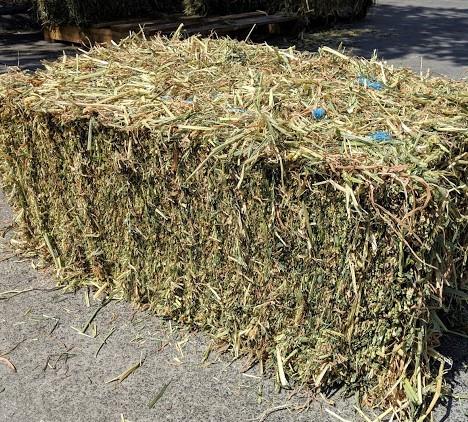

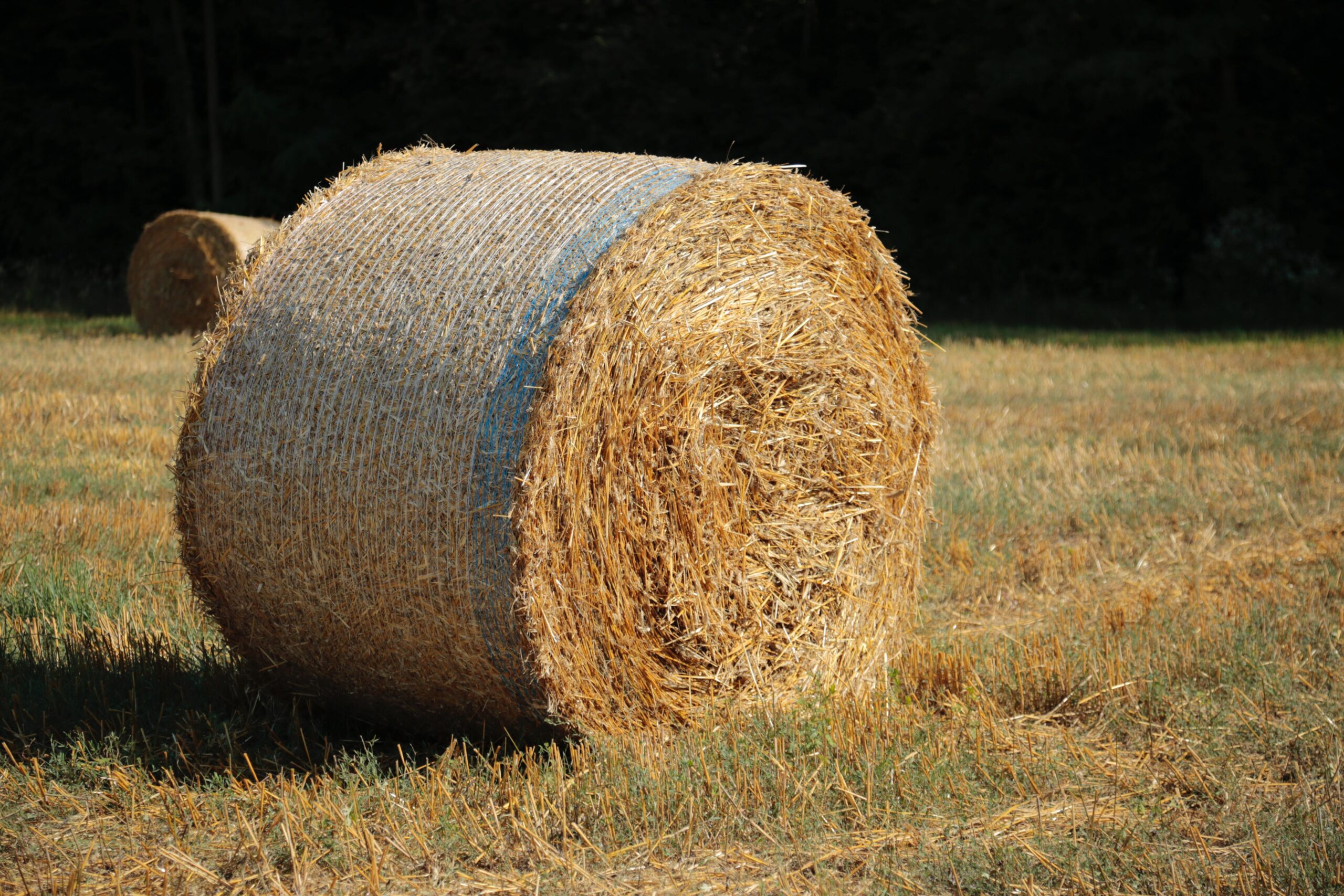

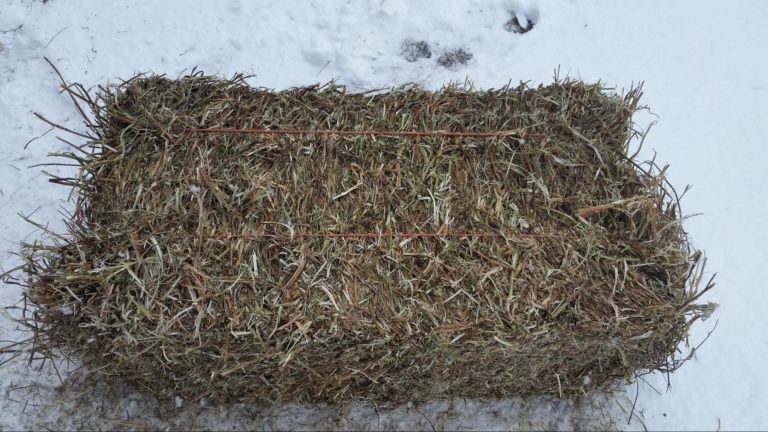
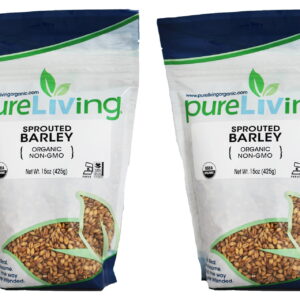
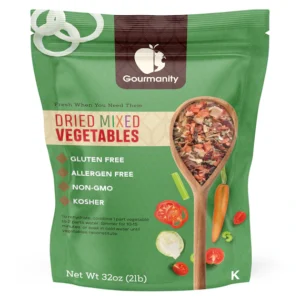
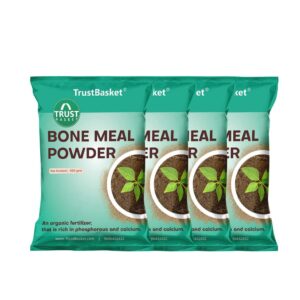




Reviews
There are no reviews yet.